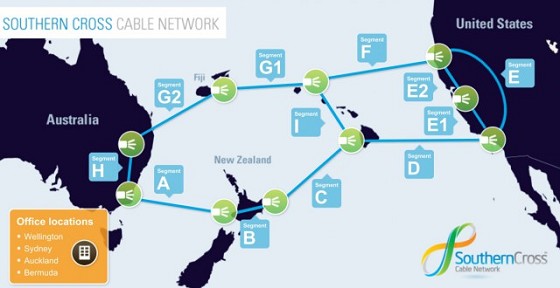Sorry for the clickbaitish title, but I can't 'for the life of me' find an answer to this.
The issue is that on ADSL1 in Christchurch (~6Mbps long line to exchange) typical download speed is 600kB/s for national or cached international eg Windows updates or something from a CDN. No problem there. We can watch 2 HD streams on YT (just, but it works reliably these days).
But no matter what I download from a non-huge international site (perhaps an update for some semi-obscure software, like the Arduino tools for ESP32, or a vendor's video on some niche engineering topic), it very commonly limits at say 300kB/s or often less, pretty much any time of the day but worse during NZ peak. Again no great problem, that's fast enough for most things. Spark, if that matters.
My question is - what happens on fibre? Surely those foreign downloads (and browsing) won't still go slower than a 2001 modem's sync speed? And if they don't, what is limiting it to half that speed now?
I've asked friends and family, no answer. I've looked at Truenet, and it seems to show international speed for fibre that would be expected of a "marketing study", ie they like to show peak speed even when measuring peak usage times (ie, the fastest result of the hour), so I do wonder about their independence. Coincidentally it was around 50% of local.
I would have given my right arm a decade ago for something faster than my old ADSL1 connection, I was even bugging Telecom in 2011 about whether I could get an early connection to VDSL when it was installed in the cabinet (different place) not long after the earthquakes. Since moving in here, I just kind of gave up, for the same reason I gave up on ADSL2 after the cheap modem actually lowered the upload speed, so it was back to 2001 for me. But they've put fibre down the road now (finally...). Being a rental we'd also have "problems" with moving from copper which I won't go into, so this isn't about yes or no to fibre, but what's going on with the speeds.




